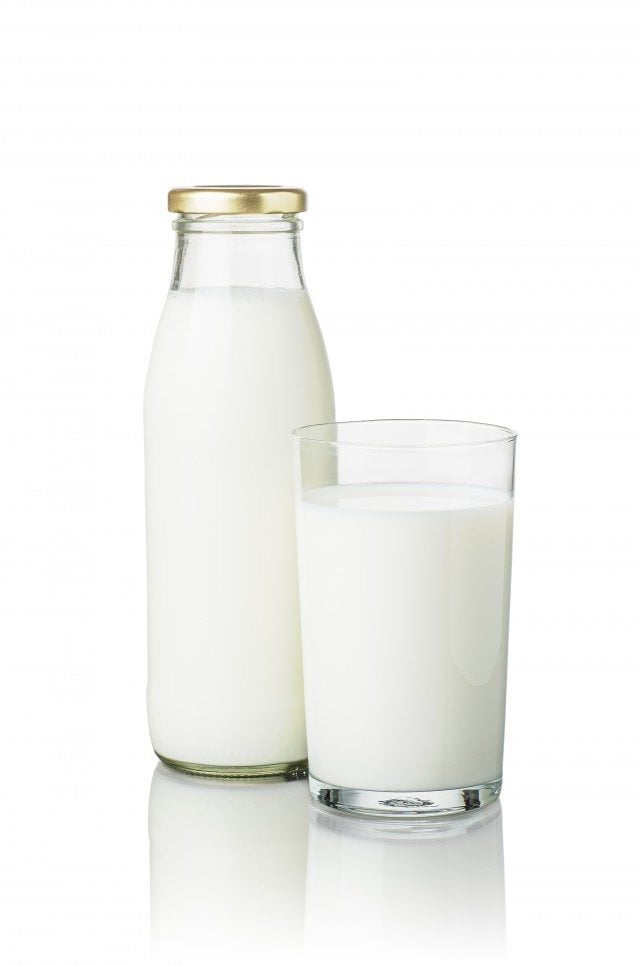A rapid heating and cooling of milk significantly reduces the amount of harmful bacteria present, extending by several weeks the shelf life of one of the most common refrigerator staples in the world, according to a Purdue University study.
Bruce Applegate, associate professor in the Department of Food Science, and collaborators from Purdue and the University of Tennessee published their findings in the journal SpringerPlus.
They showed that increasing the temperature of milk by 10 ⁰C for less than a second eliminates more than 99% of the bacteria left behind after pasteurization.
“It’s an add-on to pasteurization, but it can add shelf life of up to five, six or seven weeks to cold milk,” Applegate said.
Pasteurization, which removes significant amounts of harmful pathogens that can cause illness and eventually spoil dairy products, is considered a high-temperature, short-time method (LTST).
Developed by Louis Pasteur in the 19th century, the treatment gives milk a shelf life of about two to three weeks.
The LTST method in the Purdue study sprayed tiny droplets of pasteurized milk, which was inoculated with Lactobacillus and Pseudomonas bacteria, through a heated, pressurized chamber, rapidly raising and lowering their temperatures about 10 ⁰C but still below the 70⁰C threshold needed for pasteurization.
The treatment lowered bacterial levels below detection limits, and extended shelf life to up to 63 days.
“With the treatment, you’re taking out almost everything,” Applegate said.
“Whatever does survive is at such a low level that it takes much longer for it to multiply to a point at which it damages the quality of the milk.”
The LTST chamber technology was developed by Millisecond Technologies, a New-York-based company.
Sensory tests compared pasteurized milk with milk that had been pasteurized and run through MST’s process.
Panelists did not detect differences in color, aroma, taste or aftertaste between the products.
Phillip Myer, an assistant professor of animal science at the University of Tennessee and a co-author of the paper, said the process uses the heat already necessary for pasteurization to rapidly heat milk droplets.
“The process significantly reduces the amount of bacteria present, and it doesn’t add any extra energy to the system,” Myer said.
He added that the technology could reduce waste and allow milk to reach distant locations where transport times using only pasteurization would mean that milk would have a short shelf life upon arrival.
Applegate said the process could be tested without pasteurization to determine if it could stand alone as a treatment for eliminating harmful bacteria from milk.
Story by Brian Wallheimer, Purdue University










